Nanofiber material, derived from Cladophora algae, removes virus particles with an efficiency matching that of the best industrial virus filters.
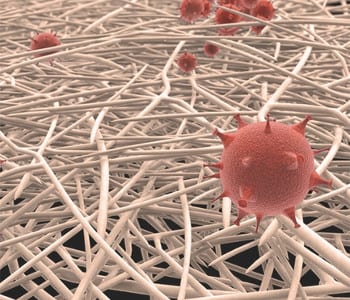

Nanofiber material, derived from Cladophora algae, removes virus particles with an efficiency matching that of the best industrial virus filters.
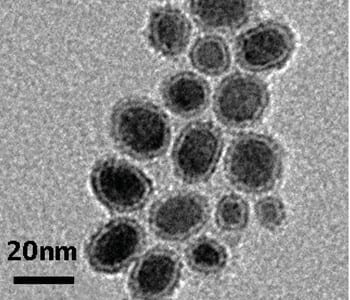
New core/shell structure nanoparticles have been reported by a team led by Peking University researchers.
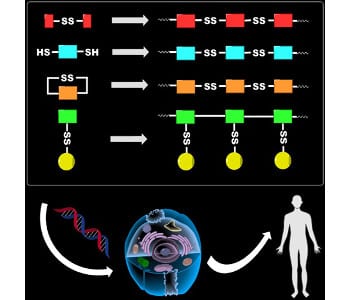
Polycations that are degradable by reduction of disulfide bonds can be used as nucleic acid delivery vehicles.
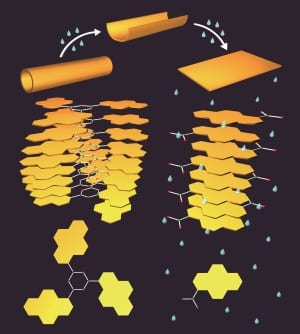
Structural transformations of nanoscale boroxines allow the controlled release of guest molecules.
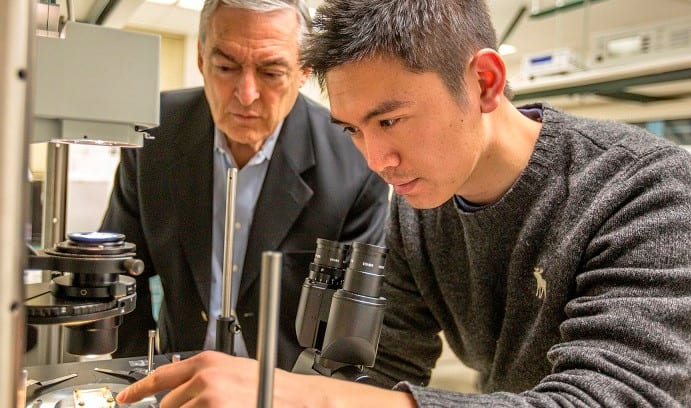
Researchers combine nanoplasmonic architectures and interferometry to bring nanoscale biosensors to near-commercial levels of sensitivity.
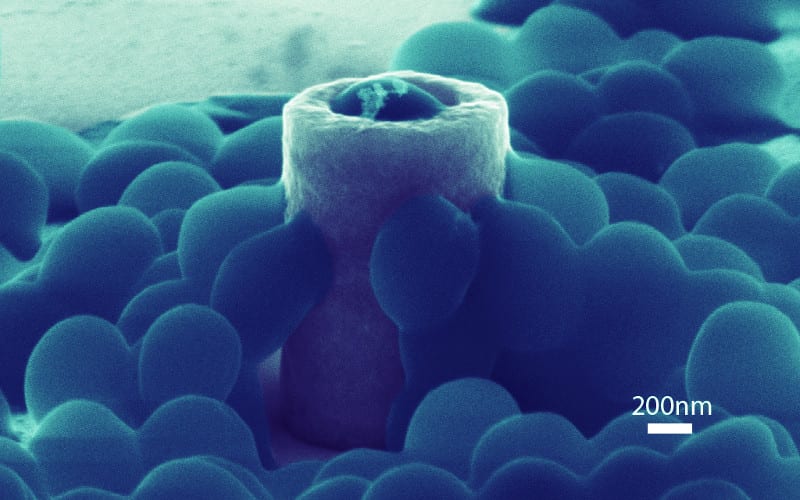
Berkeley Lab-led research could guide the development of bacteria-resistant materials.
Drugs used to treat blindness-causing disorders could be successfully administered by eye drops rather than unpleasant and expensive eye injections.
A new, quasi-solid-state electrode which is suitable for long term cutaneous recording has been reported by French scientists.

The German-based IPH is optimizing forging together with two other research institutes and four enterprises from five European countries.
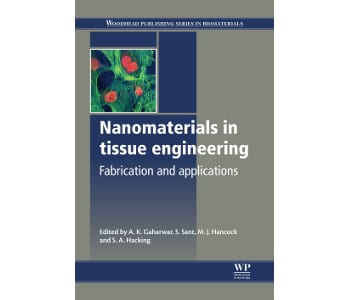
SUNY professor Balaji Sitharaman reviews Nanomaterials in Tissue Engineering.